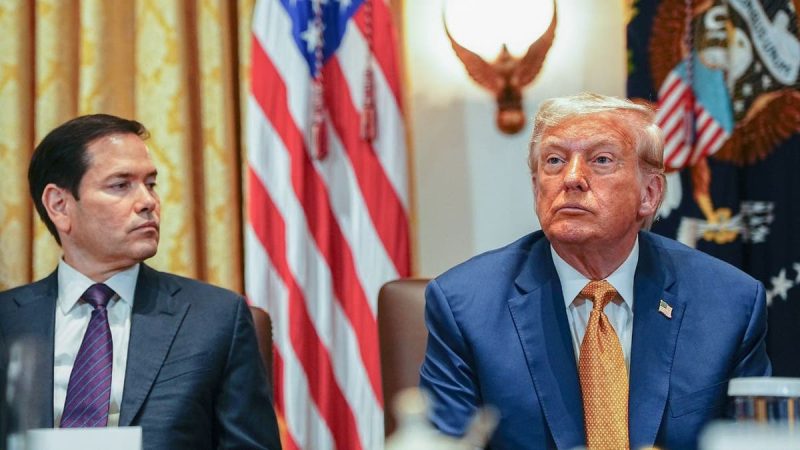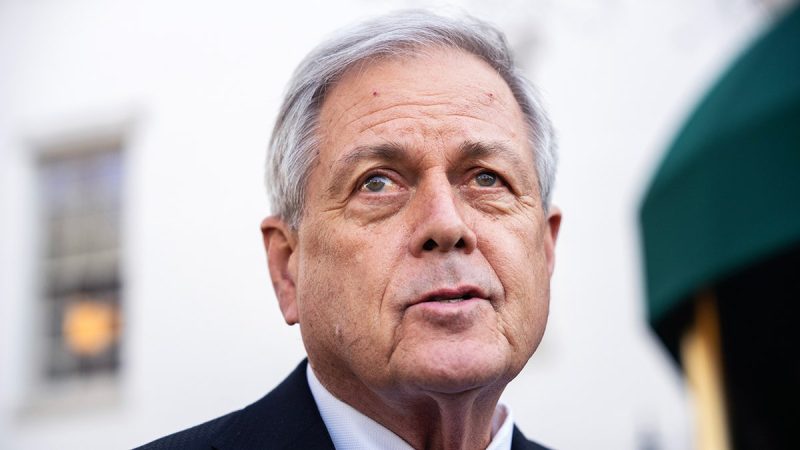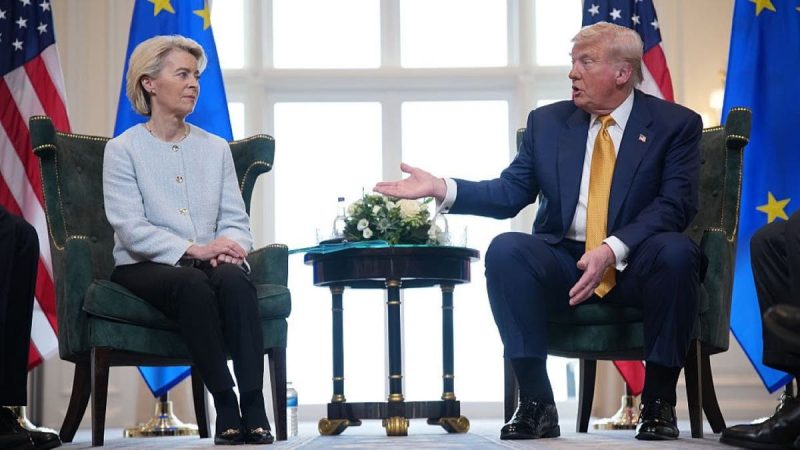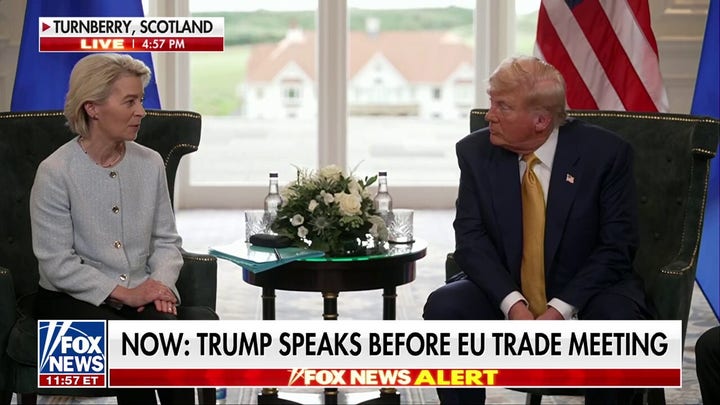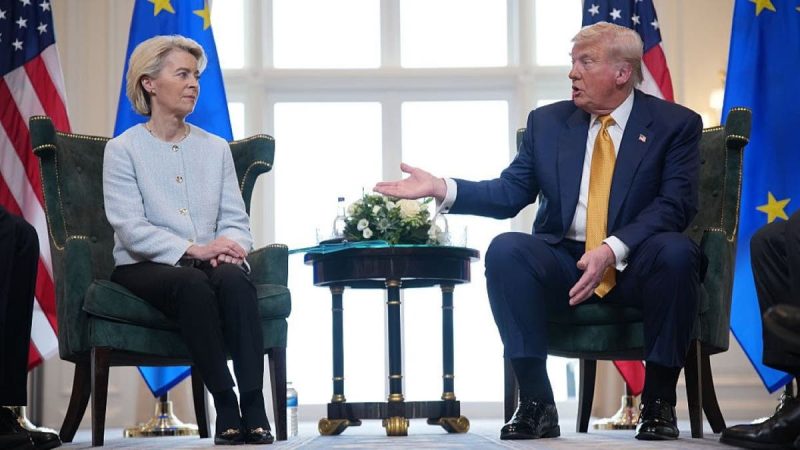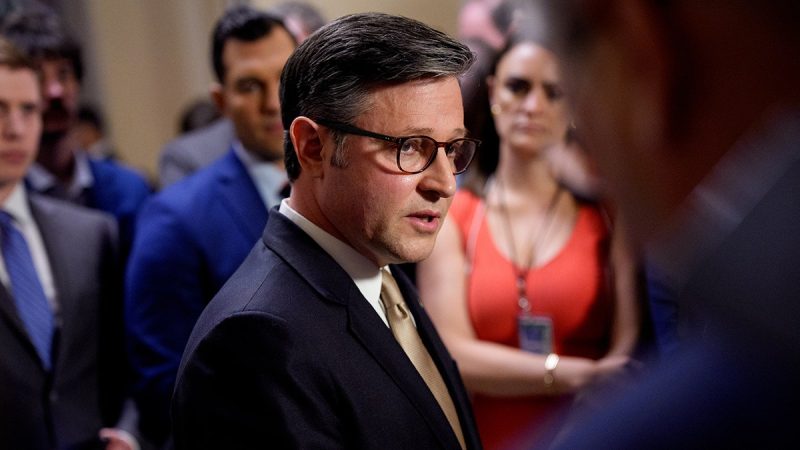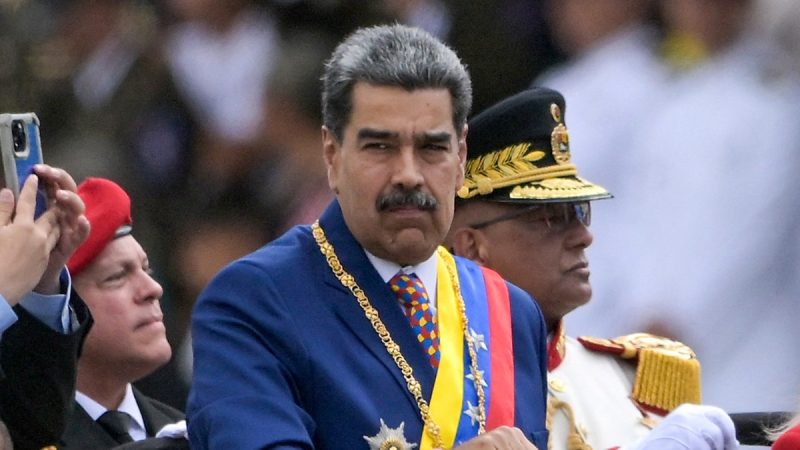
The State Department and the Chairman of the Senate Foreign Relations Committee have joined a chorus of analysts this week in warning Fox News Digital of ‘significant threats to U.S. national security’ from the actions of Iran in Africa.
Tehran is accused of reportedly buying uranium in Niger, supplying drones in violation of a U.N. arms embargo to forces in Sudan and promoting the growth of destabilizing Islamist fundamentalism and terrorism on the continent.
‘Iran’s long arm of terror stretches around the globe, including in Africa’, Senate Foreign Relations Chairman Sen. Jim Risch, R-Idaho, told Fox News Digital, adding, ‘Iran is an enemy to freedom everywhere, and a threat to U.S. national security; our partners in Africa must proceed with caution before engaging with this dangerous, authoritarian regime.’
Reports surfaced initially last year from first the French media outlet Africa Intelligence, and then the Washington-based NGO the Institute for Science and International Security, that the West African nation of Niger had been negotiating the sale to Tehran of $56 million worth of so-called yellow cake – uranium oxide. The 300 tons of uranium, some of which, one source suggests, has been partly delivered already, would allegedly be enough to make 30 nuclear weapons.
Analysts say Niger could be preparing to sell even more ‘yellow cake’ to Iran. Uranium in the country has up until recently been mined by mostly French companies, such as Orano. But Niger’s military leaders, who came to power in a coup in 2023, announced that they will revoke mining licenses and nationalize mining operations. Iran is said to want to strike a deal to start uranium mining itself in Niger, particularly around Imouraren, an area where the ground is estimated to contain 200,000 tons of the metal.
In a move seen to be towards Russia and Iran, Niger ended an agreement with the Biden administration last year, which led to the closing of two U.S. military bases in the country that were used for anti-terror operations.
‘In Niger, French outlets covering the continent have reported that there is a secret agreement between Iran and Niger trading uranium oxide for either drones or energy,’ Behnam Ben Taleblu told Fox News Digital. Taleblu, senior Director of the Iran Program at the Foundation for Defense of Democracies (FDD) added, ‘The Islamic Republic is an opportunistic actor, both in the Middle East and further abroad.’
A State Department spokesperson confirmed to Fox News Digital that Iran’s activities in Africa are on their radar, saying, ‘On Niger, we are monitoring the possibility of an Iranian acquisition of uranium. We would have serious concerns about Niger, or any country, transferring uranium to Iran.’
The spokesperson continued, ‘Iran’s continued development of its nuclear program, (and its) role as the leading state sponsor of terrorism, and destabilizing regional behavior, pose significant threats to U.S. national security and to global stability.
‘The President has been clear: Iran cannot ever have a nuclear weapon.’
Iran, said to be interested in Sudan’s gold, has been supplying Mohajer-6 drones to Khartoum’s government, according to the U.S. Africa Command’s Africa Defense Forum. They were used effectively by Sudan in recently reclaiming the capital city, Khartoum and the Presidential Palace.
The FDD’s Taleblu added, ‘Iranian drones are active on four continents today, one of which is the African continent, particularly when looking at the conflicts in Sudan and Ethiopia.’
The State Department spokesperson weighed in ‘On Sudan, we are aware of reports. Both the RSF and the SAF have used weapons acquired from foreign actors against the civilian population and infrastructure and have committed human rights violations and abuses.
‘Supplying arms to any of the belligerents prolongs the conflict and heightens the risk of further destabilization in Sudan and the region. The United States calls for an end to all external support to the warring parties, and urges all our partners to press for a comprehensive cessation of hostilities, and increased, unhindered humanitarian access,’ the spokesperson concluded.
Then there is Iran’s reported psychological warfare against Africa’s communities. ‘Iran’s core Africa strategy is to export its ideology into those communities as a counter-balance to what it sees as anti-Iranian efforts in the Middle East,’ Frans Cronje, president of the Washington, D.C.-based Yorktown Foundation for Freedom and a former head of the South African Institute of Race Relations told Fox News Digital.
Cronje continued, ‘Africa has 1.5 billion people. Approximately a third of those are Muslim and make up a quarter of all Muslims worldwide, more than the number in the Middle East. Muslims serve as dominant groups across much of North Africa and down the African east coast.’
‘The Iranian Africa strategy can be thought of as having three components,’ Cronje stated. ‘The first is the provision of training and material support to extremist groups in Africa to aid in the export of terror globally, and to target Christians and pro-Western communities on the continent, whilst creating a high-threat environment for Western investors.
‘To that end the global terror threat index scores for several African countries have come to exceed those of traditional Middle Eastern terror staples. Africa’s Christians face increasing volumes of horrific attacks, including Christian church burnings and beheadings, and it has become common for Africa to account for the bulk of global terror-related deaths annually.
‘The second is to identify both Shia and Sunni communities that can be radicalized against the West as well as against Iranian opponents in the Arab world. Iran has employed Al-Mustafa academic and cultural centers in over 30 African countries to train clerics and religious leaders.
‘A third pillar of the strategy is that Iran has deepened diplomatic and economic cooperation ties with scores of African governments and business organizations to win trade and investment deals that help it evade global sanctions, as well as securing the diplomatic support of African governments on global fora such as the U.N., for measures ranging from its nuclear weapons program to its investment in proxy forces that threaten Israel.
‘For example,’ Cronje concluded, ‘just a few months ago, over 700 delegates from nearly 40 African countries attended an investment conference in Tehran.’
Summing up, the FDD’s Taleblu said ‘the threat the Islamic Republic poses on the African continent is both significant and diverse. From seeking to export its revolution through religious indoctrination via state-linked religious seminaries, to drone sales, the world’s foremost state sponsor of terrorism has not missed this opportunity to cause chaos while flying below the radar of the West.’
This post appeared first on FOX NEWS





